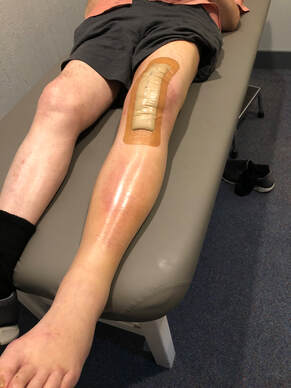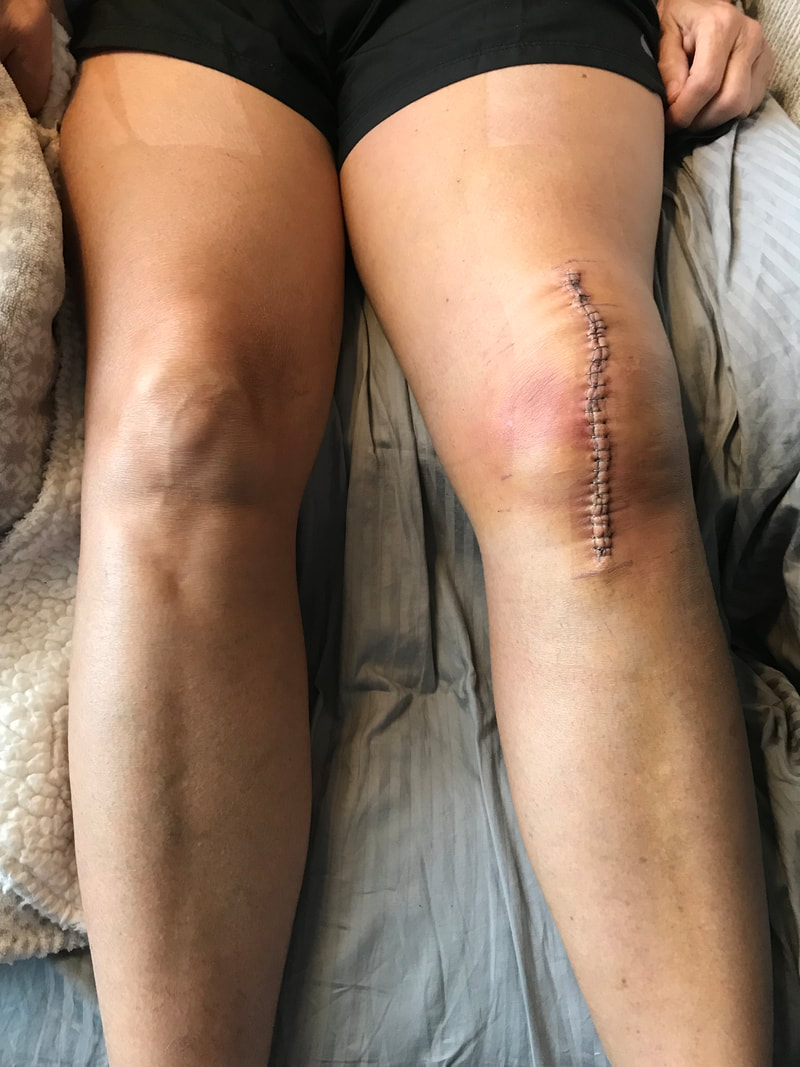8/31/2021 06:37:08 pm
It's good to know that if you wait too long you won't have good results. My mom was wondering if she should get a hip replacement done. I'll make sure to pass this information along to her so that she can know more tips. Comments are closed.
|
Author:
|
Proudly powered by Weebly



 RSS Feed
RSS Feed